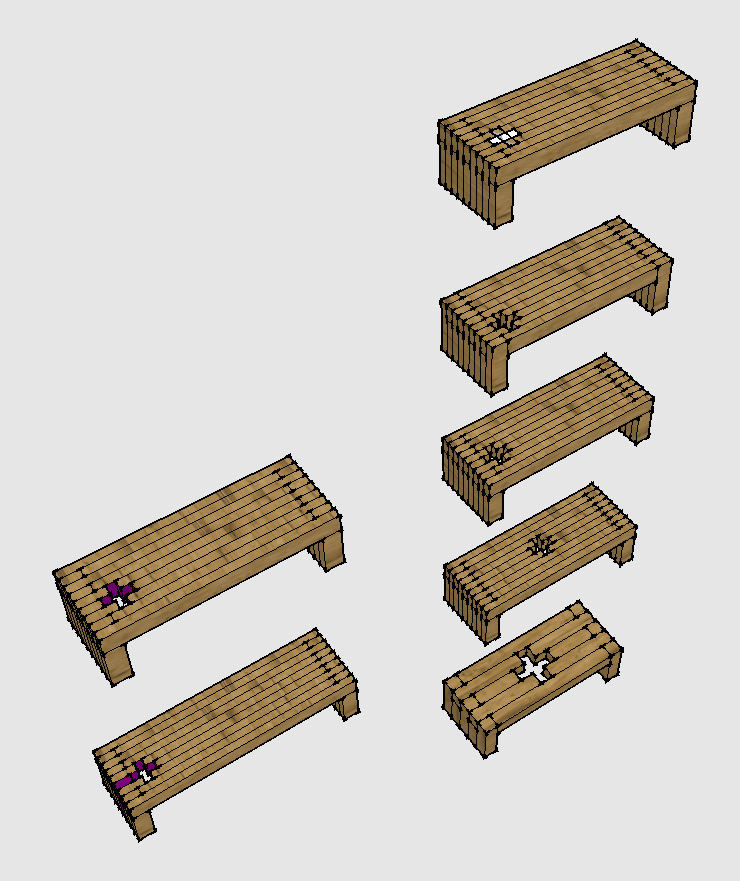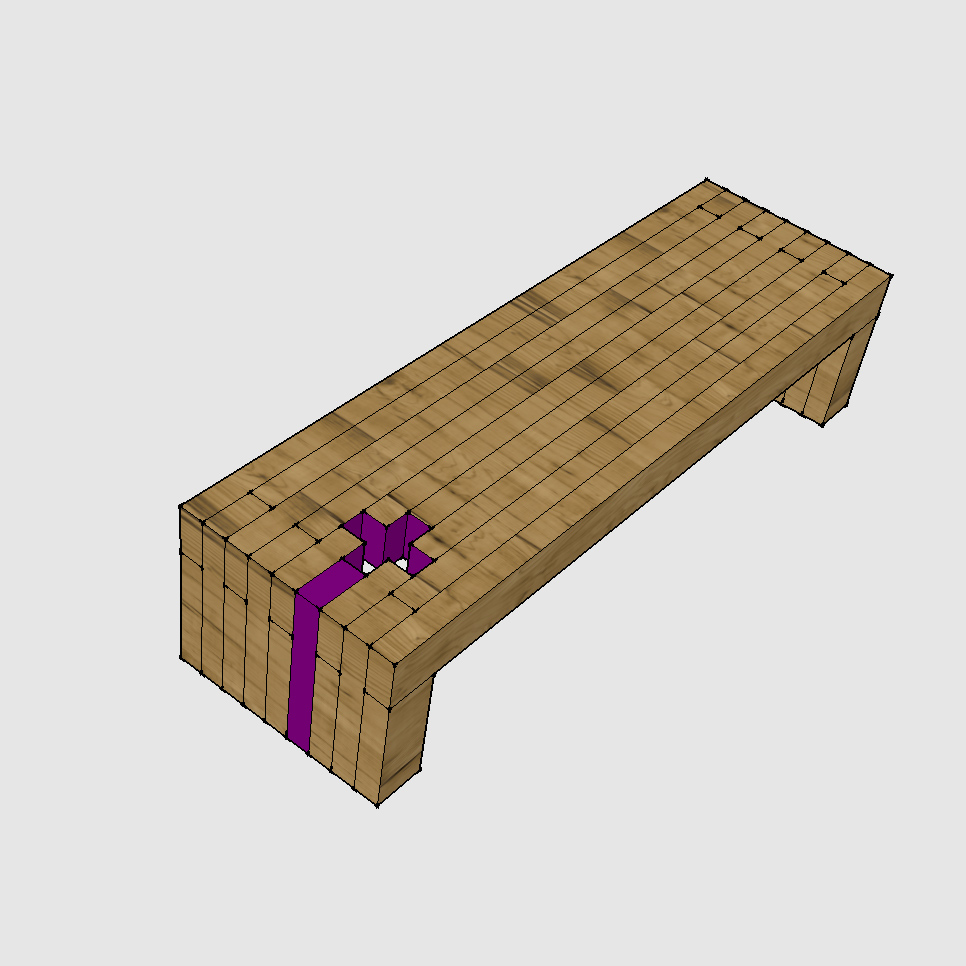RCIA Prie-dieu: "The Scrutinizer"
/In the Roman Catholic Rite of Christian of Initiation of Adults (RCIA), Lent is the final period of purification and enlightenment for those who will be baptized at Easter Vigil. On the third, fourth, and fifth Sundays in Lent, the church celebrates Scrutinies which are meant to uncover, then heal all that is weak defective, or sinful in the hearts of the elect; and to bring out and strengthen all that is upright, strong and good. They are also a beautiful expression of solidarity as the assembly stands with the Elect and prays publicly for their purification and redemption. Similarly, those preparing for Reception into Full Communion with the Catholic Church, when celebrated at Easter, celebrate a Penitential Rite on the Second Sunday of Lent.
During the rites, the elect and candidates are asked to kneel as an outward sign of their inner spirit of repentance. After fumbling with pillows last year, it seemed that providing small kneelers would help the rite flow with a bit more dignity. They would also provide a mark for the elect and their sponsors when they are called forward. And they would give the rite a physical presence or echo to indicate the special celebration of the day. The sanctuary of this particular church would benefit from a greater degree of differentiation; placing them at the perimeter defines the space before the altar in which the rite is celebrated.
For the design of the prie-deux, I based the design on a technique of laminating individual pieces to create both the components and the joints. I have used similar methods on previous projects, and it has proven to be a fairly simple way to achieve an unified and integrated piece whose ornament derives entirely from its construction. The finger joints, end grain, and striations of the individual pieces of wood give the kneelers their scale, form, and disposition. The lamination and joinery (achieved in a single step) suggested a way to incorporate a void cross into the design. The void suggests a contemplation of presence in absence, which seemed appropriate to the season when we focus on what we gain by loss.
The purple on the cut and exposed ends on the interior of the void cross reinforces the penitential character of the season, the rite, and the action of kneeling. The assembly sequence and the placement of the cross left one vertical piece that I also painted purple so that the color marked the outside of the kneeler to coordinate with the vestments and seasonal accoutrements. I considered leaving that space void as well, but without time to test its durability fully before I had to complete a number of these, the purple made more sense.
The wood used was a rough cedar 1x2. The lamination and sanding enables using a lower grade wood, and I thought the roughness was appropriate. The trusses on the church used structural grade glulam members, and the visible knots are one of my favorite parts of the church. So I situated the pieces to expose the knots. I uniformly sanded all surfaces with only a very rough grit sandpaper to give the wood a soft textured finished. Danish oil brought the tone of the wood closer to the finish of the altar, ambo, and presbytery furnishings and brought out the contrast of the end grain in the finger joints nicely.
Here is the finished product, which (in jest) I called The Scrutinizer:
I was pleased with the finished product and the way it functioned as part of the rite. The dimensions and slight angle, which I tested with mock ups before construction, combined with the soft wood and finish made them reasonably comfortable to use (not too comfortable, of course, since they are supposed to be penitential).
I'm considering making more to sell, including a taller version for sitting on while kneeling on the ground.





